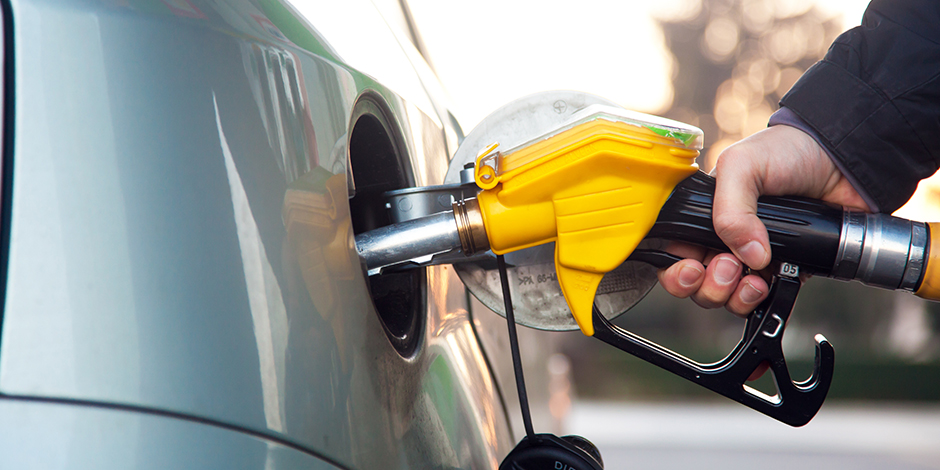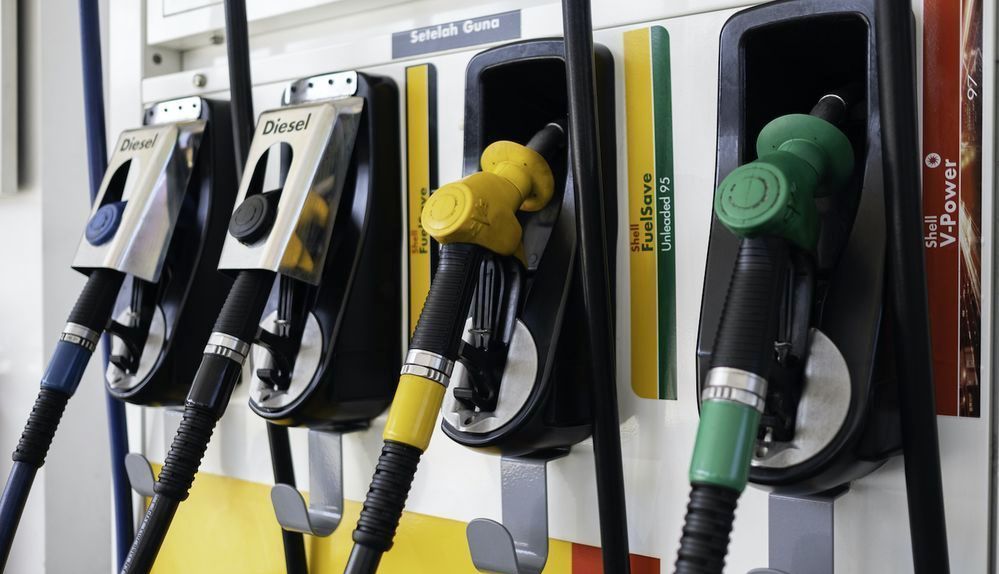The government subsidy on RON 95 petrol has allowed all motorists in Malaysia to enjoy some of the cheapest gasoline in Asia, but budget constraints mean the good times are set to end in mid-2024.
Malaysia will begin limiting subsidies on the most commonly used grade of gasoline (RON 95) to only the lowest-income households beginning in the second half of 2024, as the government seeks to narrow a budget gap that’s among the widest in Southeast Asia.
The country’s richest 20% households, known as the T20, are now receiving 53% of fuel subsidies, Economy Minister Rafizi Ramli said on Monday in Kuala Lumpur, according to news reports. Such a model is “neither sustainable nor equitable,” he added.
So, a couple of things to unpack here. First, it’s extremely unclear how such a determination could be made. Drivers are, after all, not required to submit their household financial details when filling up their cars. How could it be so specifically ascertained that 53% of fuel subsidies are going to the T20? That seem a fairly nebulous statistic on its face, though I confess there may be some magical calculation of which I’m not aware that can accurately gauge it.
Second, the availability of the fuel subsidy is reportedly going to be based on “disposable household income.” But this, for most households, is a continually changing number. As housing, food, and other costs increase, failing an increase in salary, a household’s disposable income will decrease. And what if someone changes jobs, or gets a raise, or even gets retrenched? Those all have immediate and meaningful impacts on the household’s disposable income. This dynamic number seems to be a very difficult thing to track and confirm in real time. (And what are the cut-off points to receive the subsidy? Will this apply to everyone residing in the country, or only Malaysian citizens?)
Third, even if we go on the assumption that the 53% figure above is a valid statistic, is it really surprising? People with more disposable income will drive more, in most cases. There are also loads of people driving for business reasons – from gig economy workers to lorry drivers to businessmen and women driving outstation for work. How does that factor into the subsidy allocation calculation?

This is actually applicable mostly across the board when it comes to subsidies. Those who consume the most – usually by definition the wealthiest – will reap the most benefits. Kind of a “the more you spend, the more you save” kind of thing. Plus, people who earn more money in general pay more in taxes (at least in theory), so why should they be completely locked out of the subsidies? I don’t necessarily disagree with this in all instances, but it really is almost a wealth redistribution model, and for many people, that’s a conversation that’s at least worth having.
Finally, to my mind, for something as ubiquitous, essential, and readily available in a country as fuel – I mean, really, people can get petrol at virtually any hour, any day of the week in one of thousands of pumps across Malaysia – is going to be a real challenge for targeted subsidies. Most people I’ve talked to are expecting the roll-out to be a disaster. (Many of them used other words that we can’t reprint here.)
Subsidies by their nature often carry problems along with them. An obvious one is a distortion of the market. By artificially lowering prices, there are risks of overconsumption, waste, and inefficiencies in resource allocation. Case in point: Malaysia subsidizes electricity tariffs for many people. With relatively inexpensive energy bills, where is the incentive to switch off lights, appliances, and air conditioners? Where is the needed drive (from both consumers and industry) to increase efficiency and energy-saving measures in the products we buy and use?
Subsidies also cause trade imbalances and unfair price advantages, which in turn can lead to problems ranging from petty crime to serious tensions between countries. We often see this manifested here in everything from Singaporeans driving across the Causeway to illicitly fill up their vehicles with cheap Malaysian petrol to truckloads of cooking oil and sugar being smuggled across the Thai border.
Subsidies can additionally lead to widespread dependency on them, which in turn can hinder innovation and self-sustainability. They also have economic consequences. Clearly, Malaysia’s subsidies put a considerable strain on the country’s budget, sucking up resources that could be used for education, infrastructure, research and development, or any number of needed things. RM81 billion, the rough amount that Malaysia spends on subsidies, is not an enormous number in respect of the country’s overall economy, but it’s big enough to be well-noticed in an annual budget, and could obviously be used for better things.
Targeting subsidies is a recognized problem for governments, and my guess is that Malaysia is going to quickly learn how much of a challenge it is once they start trying to limit subsidies to only certain people in the country. It’s simply one of those things that plays out very differently in theory than it does in actual practice. The law of unintended consequences will also definitely make an appearance here, as higher fuel prices (in the absence of subsidies) will potentially lead businesses to raise prices to cover shrinking profit margins. It could also lead consumers to spend less as their own household budgets get squeezed, which in turn can impact the economy in a number of ways. Consumer confidence and overall consumer spending isn’t quite as crucial to the economy in Malaysia as it is in countries like the United States, but it still drives a number of economic metrics nevertheless.

The results of targeted subsidies may not all be bad, but the truth is, we won’t know until it’s actually implemented and in effect for some time. (For one example, reducing or eliminating subsidies on sugar could possibly lead to lowered consumption, which wouldn’t be a bad thing in a country that leads much of Asia when it comes to rates of type-2 diabetes.)
I have mixed opinions on subsidies in general. Of course, like everyone in Malaysia, I enjoy paying one of the lowest prices at the pump anywhere in the world. But to my mind, the subsidized fuel prices here are the only thing that make the blizzard of toll highways tolerable. The government has abdicated its responsibility to provide transportation for its citizens to a few private concessionaires, who build money-making highways – which may or may not be actually needed in the first place – and drivers pick up the tab. (One of the larger concessionaires collects millions of ringgit in tolls every single day, which is mind-boggling.) Many people living in the Greater KL area rack up monthly toll charges of hundreds of ringgit, and that’s just for drivers of regular passenger cars; larger vehicles and lorries pay considerably more at the toll booths. This is offset, of course, by the low fuel prices we enjoy.
Some have also advocated for a return to the GST model for tax collection, as it is a more secure and efficient taxation system with fewer loopholes, and could address some of Malaysia’s budget shortfall. A poorly communicated roll-out of GST in 2015, coupled with considerable political backlash, saw it scrapped just three years after its implementation. Will something similar happen with the effort to target subsidies? And would it not be easier to simply reduce the fuel subsidy across the board, rather than try to make it available only to certain people? Raise the ceiling price for RON 95 from RM2.05/litre to, for example, RM2.65. That instantly cuts the cost of fuel subsidies borne by the government by about 30%. Do similar things for other subsidies, too, especially the less-critical ones, such as sugar.
It’s pretty clear that Malaysia needs to do something to tighten the gap in its annual budget. Subsidies are one place to look, but other worthwhile pursuits could be implanting better tax collection measures, reducing government wastage, and – let’s be honest – stopping corruption, which costs the country billions in both direct and indirect ways.
For now, it appears residents in Malaysia have about seven or eight months left to enjoy unfettered access for all to subsidized gasoline. We’ll have to see what happens from about mid-2024 onward.
"ExpatGo welcomes and encourages comments, input, and divergent opinions. However, we kindly request that you use suitable language in your comments, and refrain from any sort of personal attack, hate speech, or disparaging rhetoric. Comments not in line with this are subject to removal from the site. "





















